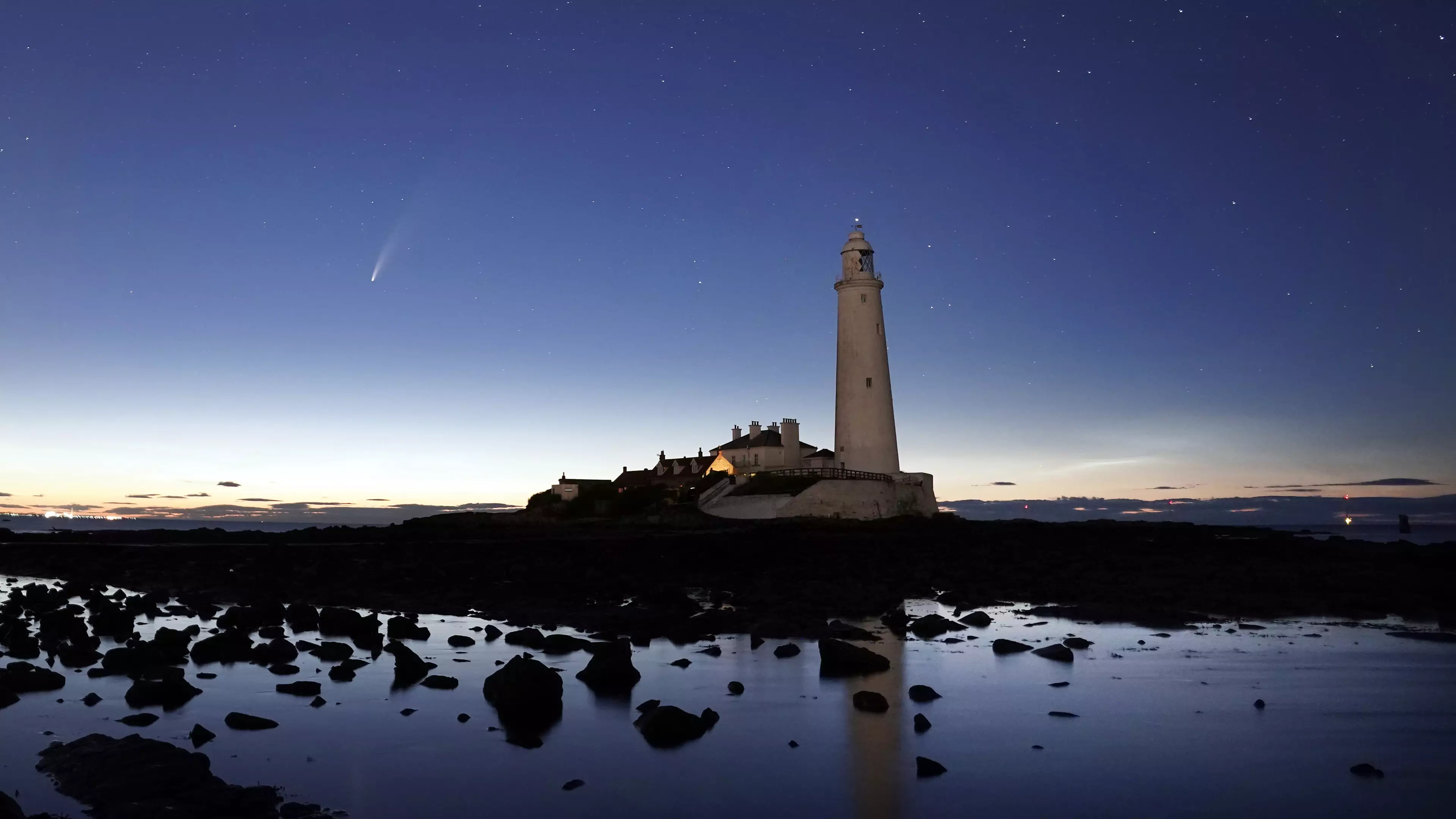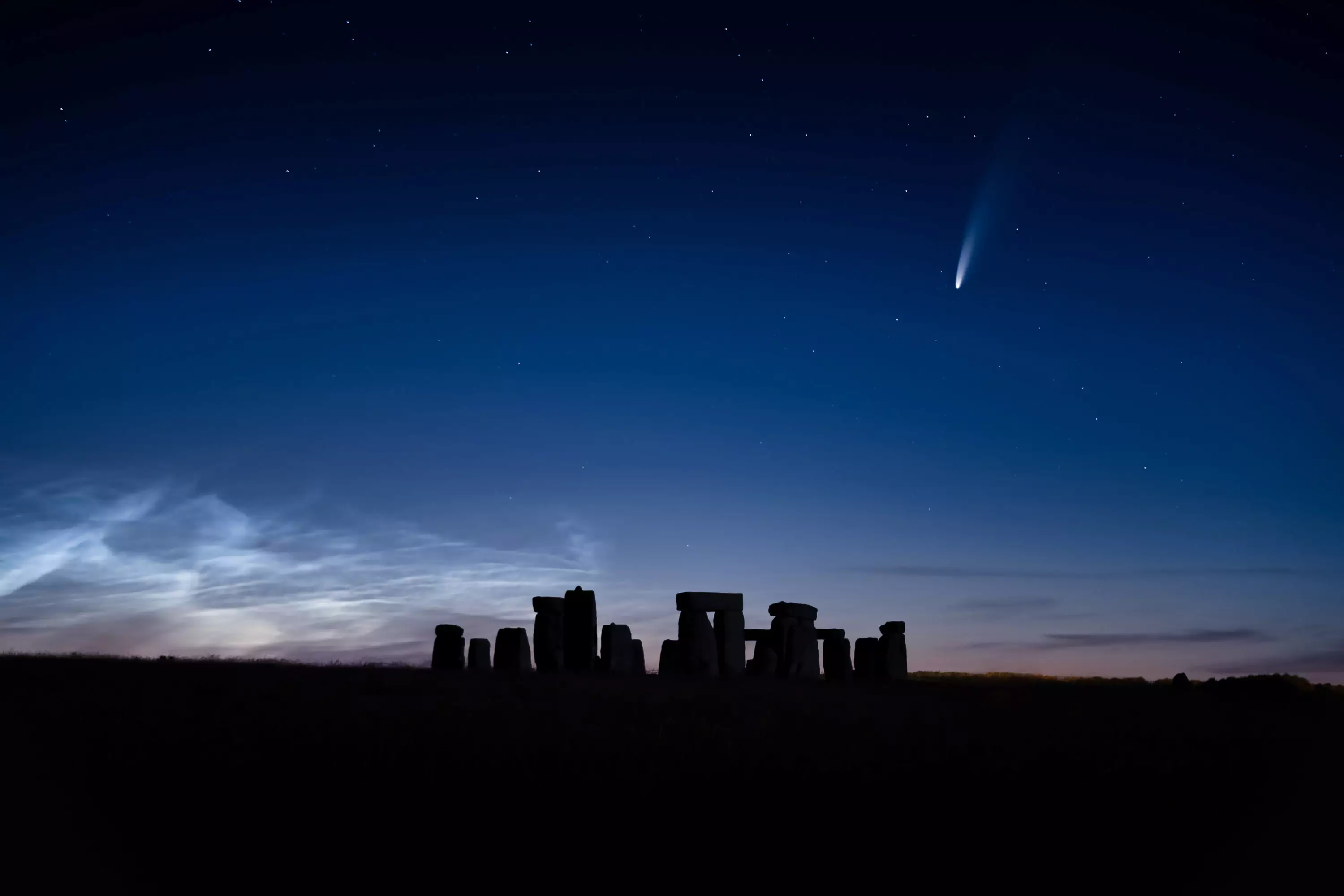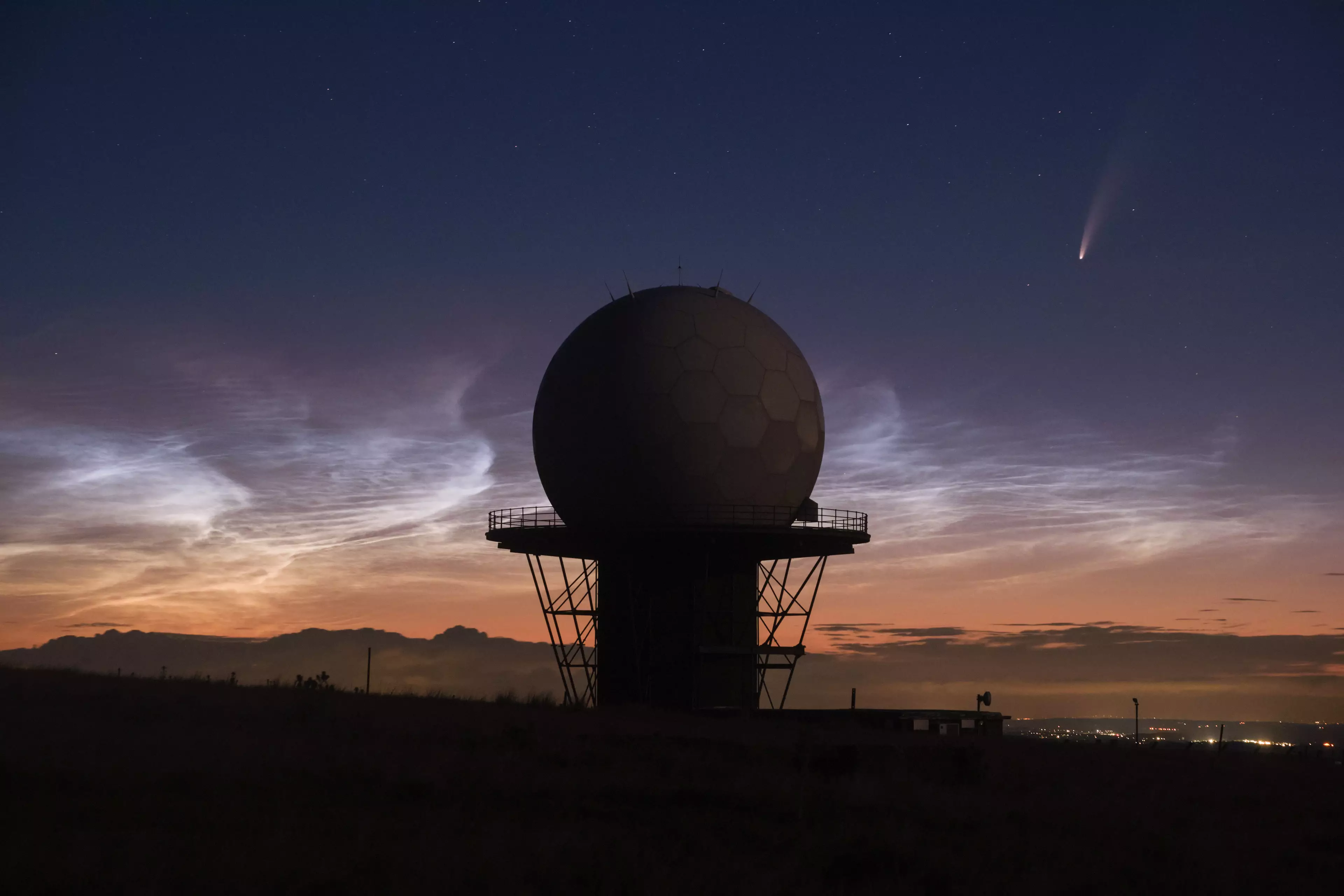
It's eyes to the skies in July, guys, as a comet will be visible this month won't be returning for another 6,800 years.
Comet Neowise has been visible in the UK since earlier this month and some eagle eyed stargazers have already managed to get a snap of it.
Photographer Matthew Brown, 37, drove for nearly three hours from Wales to Stonehenge to get a shot of the comet over the weekend and his efforts paid off as he managed to get some incredible images.

Craig, from Carmarthern, Wales said: "I've taken thousands upon thousands of shots during my career but this has to be one of my favourites.
Advert
"I knew it was going to be one of the clearest nights we had, so I had to make my way there.
"I live in Carmarthen, I thought it was now or never for me to head there and get myself a photo of a lifetime.

"I was so happy when I got there because it was simply breathtaking. When I parked up and I saw the clouds I was just amazed.
Advert
"I am a professional photographer so I shoot a lot at all hours of the day, but the sky that night was spectacular."
Talking about the long trip, he added: "It was absolutely worth it. I'd have kicked myself if I hadn't gone and missed out."
The super-rare occurrence isn't one to miss, with Dr Robert Massey, from the Royal Astrological Society, telling The Mirror that Neowise was last in the inner solar system 4,500 years ago and it won't be back for another 6,800.

If you're hoping to get a glimpse of it yourself, Paul Sutherland of space science website Skymania told The Mirror: "During the rest of July, Comet Neowise will head through Lynx and into Ursa Major, passing beneath the familiar asterism of seven bright stars known as the Big Dipper, or the Plough.
Advert
"This will keep it low in the sky before dawn, but it will increasingly be visible earlier in the night, in a darker sky.
"By the third week of July, the comet will be on view all night long and stargazers will be able to view it before going to bed, rather than having to get out of their warm beds before dawn!"
Featured Image Credit: PA